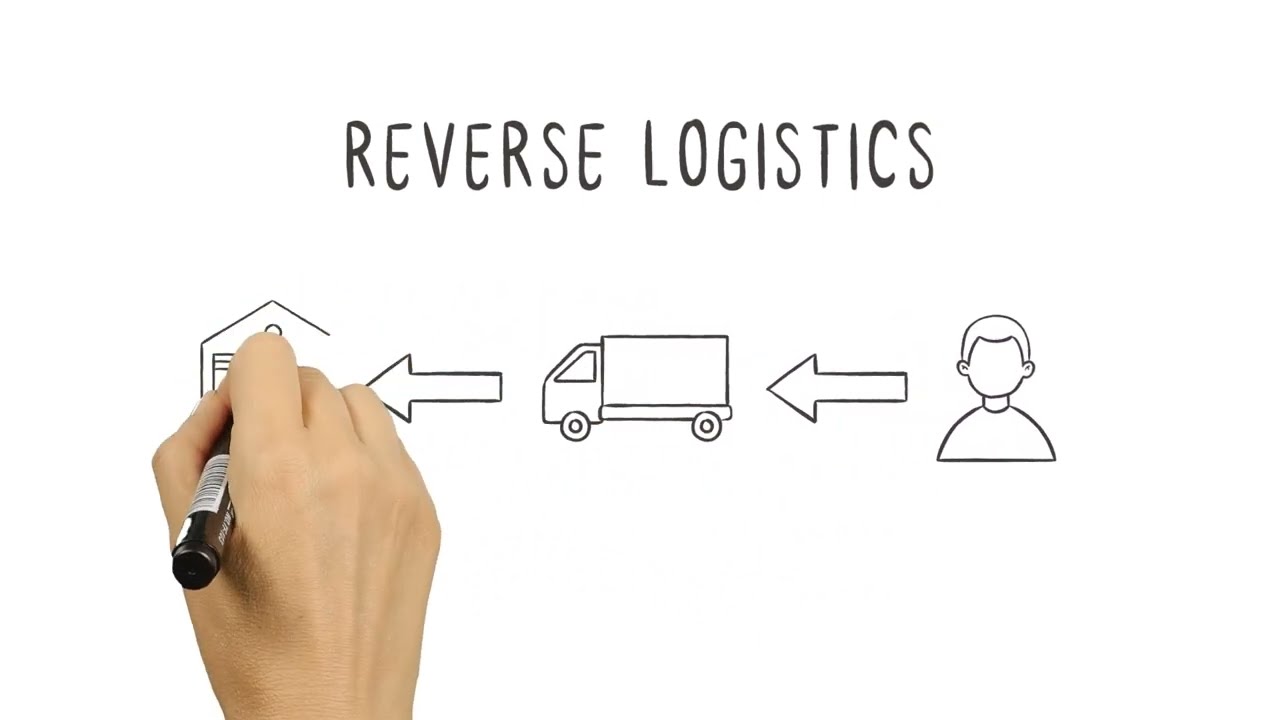What is Reverse Logistics?
October 5, 2023

In today’s fast-paced world of e-commerce and supply chain management, the term “reverse logistics” is gaining increasing importance. It’s not just a buzzword; it’s a crucial aspect of modern business operations. This comprehensive guide will shed light on what is reverse logistics, why it matters, and how it plays a pivotal role in enhancing sustainability and customer satisfaction.
Understanding Reverse Logistics
It is the process of managing the return of products from the end consumer back to the manufacturer or retailer. Unlike traditional logistics, which focuses on the efficient movement of products from the manufacturer to the end user, reverse logistics deals with the flow of goods in the opposite direction. It involves activities such as returns, recycling, refurbishing, and disposing of products.
The Key Components
To grasp the concept fully, let’s break down the key components:
- Returns Management
Returns are an integral part of e-commerce and retail businesses. Reverse logistics manages the flow of returned products, ensuring they are processed efficiently, and their disposition is in line with company policies.
- Remanufacturing and Refurbishing
This process also encompasses processes like remanufacturing and refurbishing. These involve restoring returned products to like-new condition, reducing waste, and offering them for resale.
- Recycling and Waste Management
Sustainability is a top priority for many companies today. Reverse logistics plays a vital role in recycling and managing waste products, helping businesses reduce their environmental footprint.
The Importance of Reverse Logistics
Now that we understand what reverse logistics is, let’s delve into why it’s crucial for businesses in the modern era.
- Customer Satisfaction
Efficient reverse logistics processes can enhance customer satisfaction. When customers can easily return products and get refunds or replacements, they are more likely to trust and continue doing business with the company.
- Cost Savings
It can also lead to significant cost savings. By optimizing the return and refurbishing processes, businesses can recover value from returned goods, reduce disposal costs, and minimize overall supply chain expenses.
- Environmental Responsibility
In today’s eco-conscious world, adopting responsible practices can improve a company’s environmental reputation. Recycling and waste management not only reduce pollution but also demonstrate a commitment to sustainability.
The Challenges
While this type of logistics offers numerous benefits, it comes with its own set of challenges:
- Complex Routing
It often involves products coming from various locations, making routing and transportation planning more complex than traditional logistics.
- Product Condition Assessment
Evaluating the condition of returned products is crucial. Businesses need to determine whether an item can be resold, refurbished, or should be disposed of, which can be a time-consuming process.
- Data Management
Efficient reverse logistics relies on accurate data and real-time tracking, which can be challenging to maintain, especially in high-volume environments.
Implementing Reverse Logistics Successfully
To make reverse logistics work for your business, consider these key strategies:
- Efficient Returns Handling
Invest in technology and processes that streamline returns handling. This includes easy returns initiation for customers, efficient inspection, and decision-making regarding returned items.
- Robust Data Analytics
Utilize data analytics to gain insights into your operations. This can help you identify trends, forecast returns, and optimize your processes.
- Collaboration
Collaborate with partners, suppliers, and third-party logistics providers to streamline the process. Shared resources and expertise can lead to more efficient operations.
In summary, reverse logistics is a vital aspect of modern supply chain management. It encompasses processes such as returns management, remanufacturing, recycling, and waste management. Embracing this logistics not only enhances customer satisfaction and reduces costs but also demonstrates a commitment to environmental responsibility.
To thrive in today’s competitive business landscape, understanding and implementing effective strategies is essential. It’s not just about moving goods forward; it’s about managing their journey in reverse to maximize value and minimize waste.
-By Arti Tawani